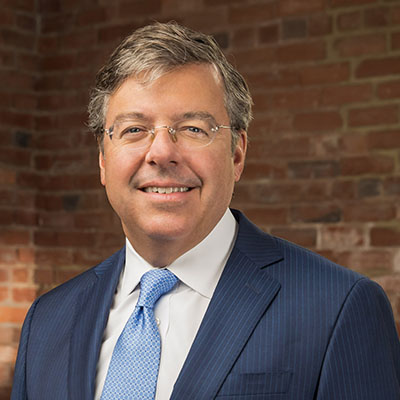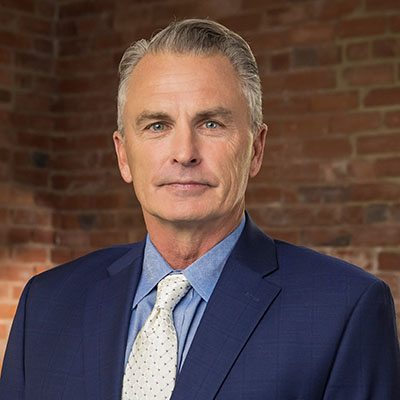Electric car maker Tesla Motors is under investigation following the death of a driver in a Tesla Model S electric sedan while the vehicle was in self-driving mode. It is the first known fatality in one of Tesla’s self-driving vehicles.[1]
Preliminary reports from the National Highway Traffic Safety Administration (NHTSA) indicate the crash occurred when a tractor-trailer made a left turn in front of the Tesla and the vehicle failed to apply the brakes.[2] The collision occurred May 7 in Williston, Florida.
Federal agencies are in the early stages of setting guidelines and regulations for self-driving vehicles. These vehicles drive themselves using sophisticated computer navigation systems, radar, sensors and cameras. Currently, the U.S. Department of Transportation allows states to enact their own laws about testing self-driving cars, but not selling them.[3]
Tesla Driverless Cars
Tesla’s automated vehicles require a driver to be behind the wheel.[4] In the Tesla Model S electric sedan, the driver (an actual person) checks the surrounding area and then hits the turn signal. The car then automatically completes the turn.[5] In a statement regarding the May 7 accident, the company said:
“Tesla disables Autopilot by default and requires explicit acknowledgement that the system is new technology and still in a public beta phase before it can be enabled. When drivers activate Autopilot, the acknowledgment box explains, among other things, that Autopilot “is an assist feature that requires you to keep your hands on the steering wheel at all times,” and that “you need to maintain control and responsibility for your vehicle” while using it.”
As driverless cars become more prevalent on our roads, the question of liability will need to be resolved. While some automakers predict their vehicles will be commercially available within five years,[6] it is perhaps beneficial that automated vehicles are not predicted to take over the roads until 2050 [7] because automakers, consumers, legislators and insurance companies need time to consider how to balance automation, safety and accountability.
About The Author: Jason Konvicka is a partner and trial attorney with Allen & Allen in Richmond, Virginia. During his 20+ year career, he has achieved numerous record-setting jury verdicts and substantial settlements on behalf of his clients. His practice focuses on medical malpractice, bus accidents and product liability personal injury cases. Outside of the courtroom, Jason is involved with the Virginia Trial Lawyers Association and currently serves on its Board of Governors as Vice President.
[1] https://www.teslamotors.com/blog/tragic-loss
[2] http://www.nytimes.com/2016/07/01/business/self-driving-tesla-fatal-crash-investigation.html
[4] See Mike Ramsey, Who’s Responsible When a Driverless Car Crashes? Tesla’s Got an Idea, Wall St. J. (May 13, 2015, 11:58 AM), http://www.wsj.com/articles/tesla-electric-cars-soon-to-sport-autopilot-functions-such-as-passing-other-vehicles-1431532720.
[6] See Nissan Speeds Ahead of Rivals With Plans for Driverless Car, http://www.wsj.com/articles/nissan-speeds-ahead-of-rivals-with-plans-for-autonomous-car-1446121737
[7] See Self-Driving Cars, Insurance Information Institute (Feb. 2015), http://www.iii.org/issue-update/self-driving-cars-and-insurance




